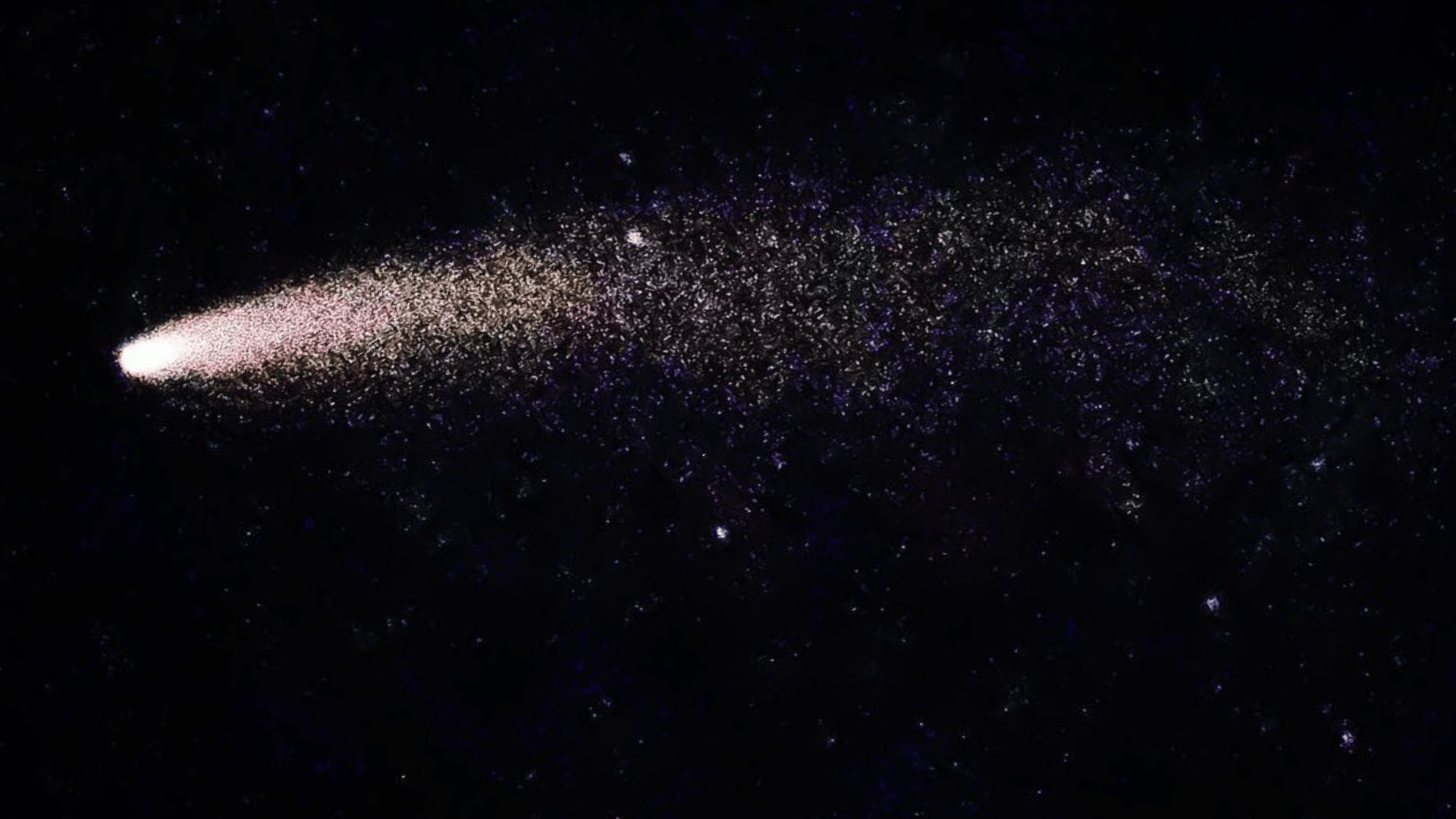Comet Tsuchinshan-ATLAS Viewing Guide for 2024
Update | October 15: From October 14 through the 24th, Comet Tsuchinshan-ATLAS may be visible to the naked eye after sunset. The comet will appear in the western sky, toward constellations Serpens and Virgo, after the sun sets.
Comet Tsuchinshan-ATLAS, which is expected to come within approximately 44 million miles of Earth, will not enter our solar system again for 80,000 years.
Comet Tsuchinshan-ATLAS was first identified in 2023 by the Purple Mountain Observatory of the Chinese Academy of Sciences (also known as the Tsuchinshan Observatory) and the Asteroid Terrestrial-impact Last Alert System (ATLAS).
On September 27, 2024 Comet Tsuchinshan-ATLAS (C/2023 A3) may be visible to the naked eye
On September 27, 2024, Comet Tsuchinshan-ATLAS (C/2023 A3) may be visible to the naked eye. This is when the comet reaches its closest approach to the Sun—passing at a distance of 36 million miles (58 million km).
Since its discovery, the comet has brightened by about one million times as it moves closer to the Sun.
Astronomers are hopeful that the comet could shine brighter than Jupiter and Venus, but there is also the possibility that it may break apart as it gets closer to the Sun.
Right now there are now signs of the comet breaking up.
Best Times to See Comet Tsuchinshan-ATLAS (C/2023 A3)
Late September to Early October: In the Northern Hemisphere, look to the east in the constellation Sextans just before sunrise.
If you’re in the Southern Hemisphere, the comet may be easier to spot earlier in the morning.
Mid-October: The comet may reappear brighter after sunset, in the constellations Leo and Virgo near the western horizon.
How to See Comet Tsuchinshan-ATLAS (C/2023 A3)
September 27, 2024: This is likely the best time to view the comet with the naked eye as it reaches its closest point to the Sun.
Optics: Binoculars or a telescope will be the best way to see the comet, especially in late September when it may still be too dim for the naked eye.
Light Pollution: Avoid areas with heavy light pollution for clearer visibility. Rural or less populated areas are ideal for comet viewing.
After October 10: The comet should be easier to spot in the evening sky, rising higher each day as it moves away from the Sun.
Header image is of Comet NEOWISE in 2020




